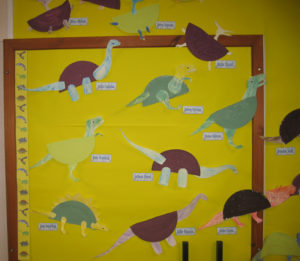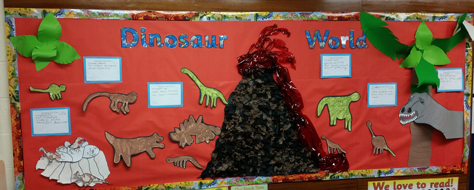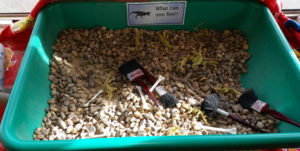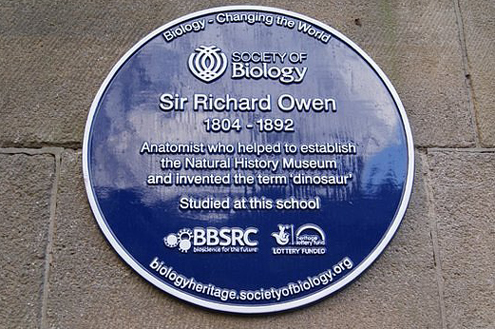EYFS Children at Purston Infants School Learn About Dinosaurs
EYFS Learn About Dinosaurs
Children in the Foundation Unit at Purston Infants School (West Yorkshire), have been learning all about dinosaurs this term. The enthusiastic teaching team have been busy arranging lots of imaginative activities for the children in Lower Foundation Stage, including a super sensory bin full of pebbles and sand plus little plastic dinosaur skeletons for the children to explore.
Children Learn About Dinosaurs
Picture credit: Everything Dinosaur
EYFS Learn About Dinosaurs
The fossil expert who visited the school to conduct dinosaur workshops with the children in the Foundation Unit, knows the skeleton models very well. These little plastic skeletons are great for creative, imaginative play and these skeletons featured in a picture project involving Everything Dinosaur who were challenged to create a “dinosaur bone bed”.
An Imaginary Dinosaur Bone Bed
Picture credit: Everything Dinosaur
Dinosaur Sets
The plastic dinosaur sets that Everything Dinosaur supplies features twelve different prehistoric animals, children really enjoyed searching for their very own dinosaur skeletons.
To see the range of teaching resources supplied by Everything Dinosaur, including replicas of iconic fossil animals: Educational, Dinosaur Themed Toys and Games.
Both the Lower Foundation Stage and the Upper Foundation Stage classrooms had lots of dinosaur displays. Some children had even made models of prehistoric animals and there were some lovely dinosaur paintings posted up on the walls.
Colourful Dinosaur Inspired Pictures

A decorative dinosaur wall display spotted at the school helping EYFS to learn about dinosaurs. Picture credit: Everything Dinosaur.
Picture credit: Everything Dinosaur
Budding Palaeontologists
The eager, budding young palaeontologists were keen to demonstrate their knowledge telling our expert all about carnivores and herbivores (well done to Paddy for a fantastic explanation). The younger children learned that fossils tend to feel cold and that some fossils are small and light, whilst other fossils particularly those of dinosaurs tend to be very big or even “massive” as one child exclaimed as our dinosaur expert encouraged the children to think of “wow words” to describe dinosaurs.
Praising the Everything Dinosaur team member who conducted the workshops, one of the teacher’s stated: “An enjoyable experience, the children were very responsive and enjoyed looking at the resources.”




